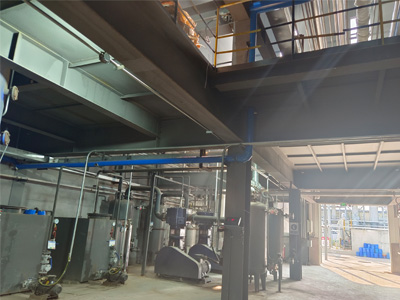Role of Poly Aluminum Chloride in Water Purification Processes and Efficiency
The Function of Poly Aluminium Chloride in Water Treatment
Water is a critical resource for human survival and development, and its quality is paramount to health and environmental sustainability. As populations grow and industrial activities expand, the demand for effective water treatment methods has become increasingly urgent. Among various coagulants used in water treatment, Poly Aluminium Chloride (PAC) has gained prominence for its efficiency and versatility. This article delves into the function of Poly Aluminium Chloride in water treatment processes and its advantages over traditional coagulants.
What is Poly Aluminium Chloride?
Poly Aluminium Chloride is a type of inorganic polymer and coagulant that is used extensively in water purification processes. It is produced by the reaction of aluminium hydroxide and hydrochloric acid, resulting in a highly soluble compound that can effectively remove contaminants from water. PAC is available in various forms, including liquid and powdered, allowing for flexible application in different treatment systems.
Mechanism of Action
The primary function of Poly Aluminium Chloride in water treatment is to facilitate coagulation, which is the process of aggregating suspended particles into larger flocs or clusters that can be easily removed from water. The mechanism by which PAC operates involves several key steps
1. Charge Neutralization Suspended particles in water often carry a negative charge, which repels them from one another, preventing aggregation. PAC, when added to water, dissociates to release positive aluminium ions (Al³⁺). These aluminium ions neutralize the negative charges on the particles, promoting their aggregation.
2. Hydroxide Formation Upon its dissolution, PAC reacts with water to form aluminium hydroxide, a gelatinous substance that acts as a binding agent. This hydroxide then envelops the suspended particles, forming larger flocs.
3. Flocculation The newly formed flocs grow in size as they attract more particles. The process of flocculation is crucial for ensuring that the contaminants can be removed in subsequent filtration or sedimentation processes.
4. Sedimentation Finally, the heavier flocs settle at the bottom of the treatment tank, allowing the clarified water to be separated from the sediment. This effluent can then undergo further treatment or be discharged safely.
function of poly aluminium chloride in water treatment

Advantages of Using PAC
1. Higher Efficiency PAC has been shown to be more effective than traditional coagulants like alum (aluminum sulfate) in a variety of situations. It can work effectively at lower dosages and across a broader pH range, making it suitable for different water sources.
2. Rapid Settling Rates The flocs formed using PAC tend to settle more quickly than those formed with other coagulants, reducing the retention time needed for sedimentation and subsequently decreasing overall treatment time.
3. Reduced Sludge Production PAC generates less sludge compared to traditional coagulants, which minimizes disposal costs and simplifies the management of residuals after treatment.
4. Enhanced Removal of Organics Studies have indicated that PAC can enhance the removal of organic matter and turbidity, making it particularly useful in treating surface water and wastewater that contain dissolved organic pollutants.
5. Non-Toxic and Environmentally Friendly PAC's non-toxic nature contrasts with some traditional treatments, making it a safer choice for water purification, especially in areas where water is utilized for human consumption or agricultural use.
Application in Various Water Treatment Processes
Poly Aluminium Chloride is versatile and can be employed in various water treatment facilities, including municipal water treatment plants, industrial effluent treatment, and even in smaller-scale applications like swimming pool sanitation. Its adaptability to different conditions means that operators can fine-tune the treatment process according to specific water quality issues.
Conclusion
The function of Poly Aluminium Chloride in water treatment is a prime example of how innovative chemical solutions can help address contemporary challenges in resource management. With its efficient coagulation properties, rapid settling rates, and environmental compatibility, PAC is an essential tool for ensuring clean and safe water supplies. As the demand for high-quality water continues to rise, the role of such effective coagulants will become increasingly significant in sustainable water management practices globally.
-
Water Treatment with Flocculant Water TreatmentNewsJun.12,2025
-
Polymaleic AnhydrideNewsJun.12,2025
-
Polyaspartic AcidNewsJun.12,2025
-
Enhance Industrial Processes with IsothiazolinonesNewsJun.12,2025
-
Enhance Industrial Processes with PBTCA SolutionsNewsJun.12,2025
-
Dodecyldimethylbenzylammonium Chloride SolutionsNewsJun.12,2025





